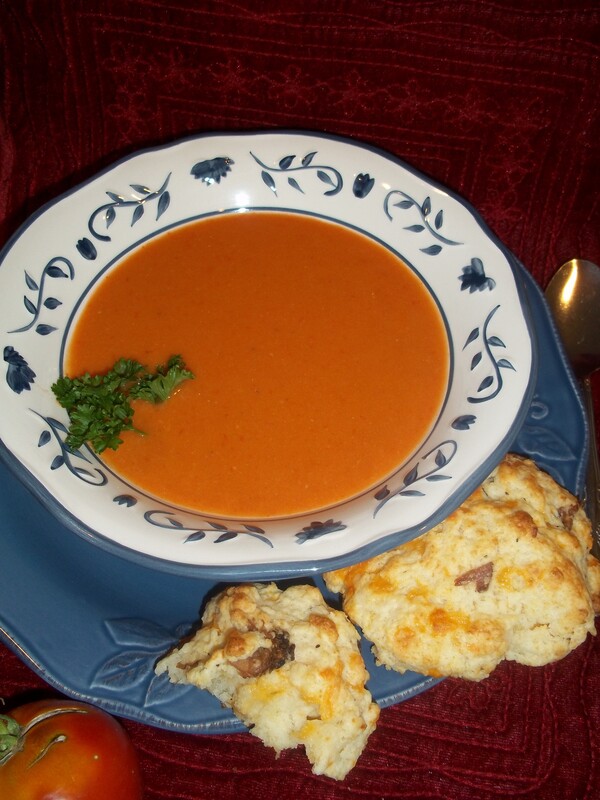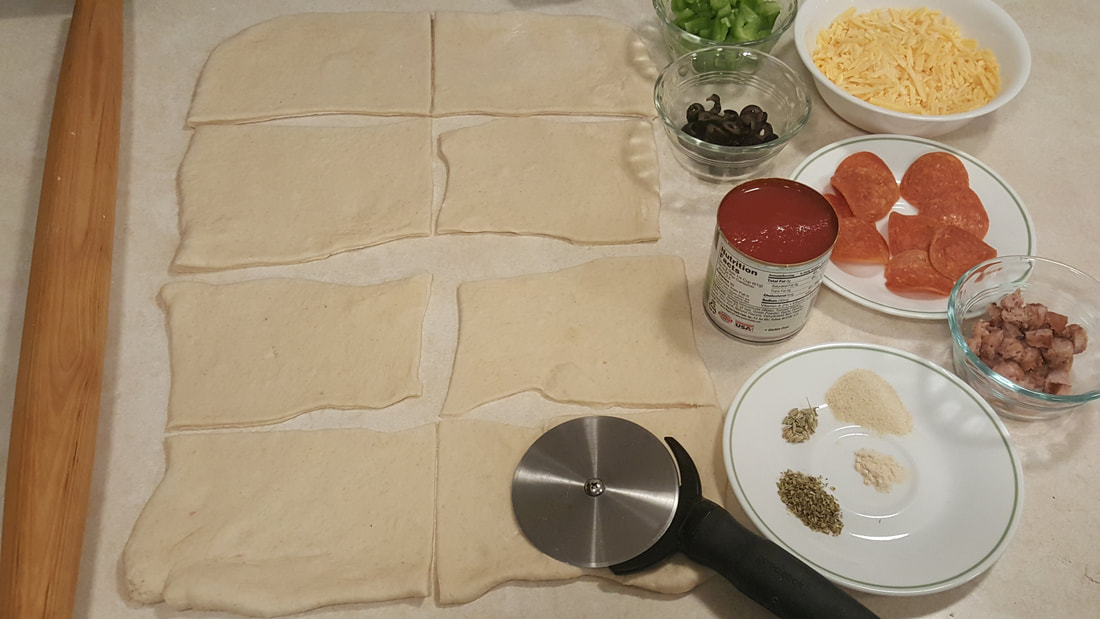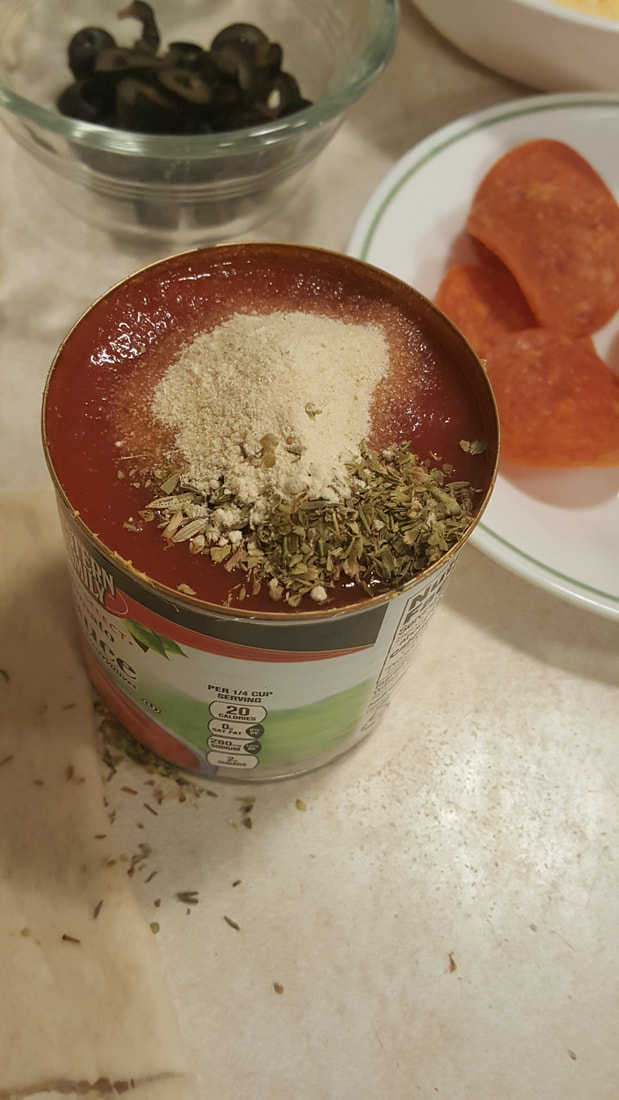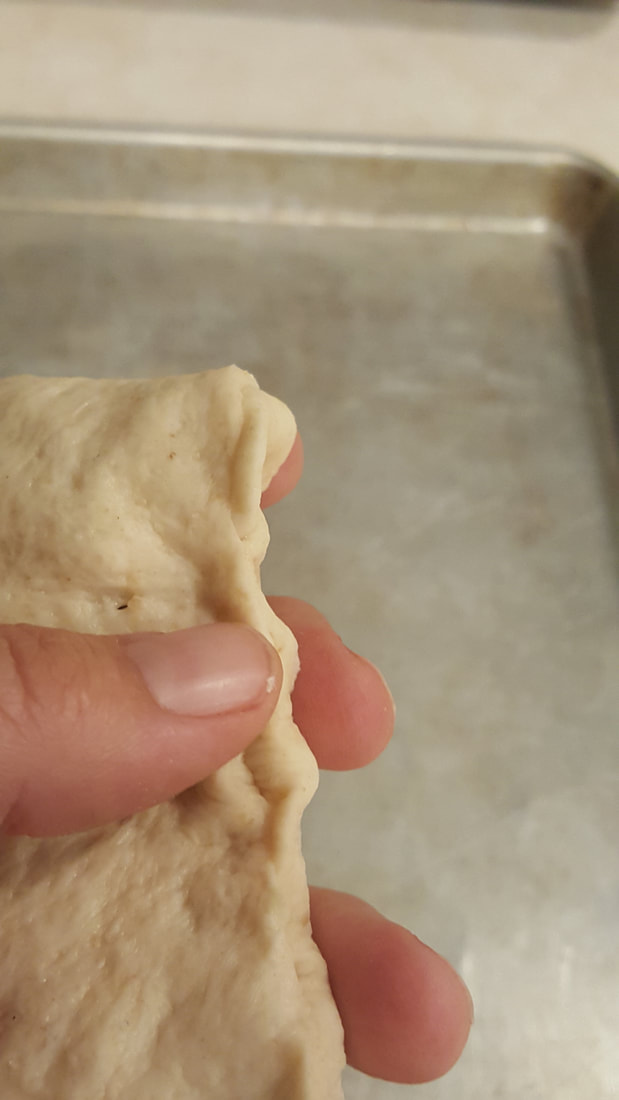
You'll see in the recipe that the 'cheese' in this can be either cottage cheese or cream cheese. My mom almost always made it with cottage cheese. There's not a lot of difference in the finished product, so use either one. I like that cottage cheese increases the protein content of this. It's also usually a little less expensive than cream cheese.
We've always made this in a 9x13 pan. The filling is only about 1/2-3/4" thick, but it's good for a crowd that way. You could pour it into a pie pan instead.
You can use a graham cracker crust if you prefer, but I'm partial to the homemade crumb base. It uses simple ingredients and comes together in just a couple of minutes. It's flexible, too; this week I made it gluten free by using a combination of almond flour, GF oatflour (the last few tablespoons in the bag), and coconut flour (also a couple of tablespoons).
NO-BAKE APRICOT CHEESECAKE
1 prepared cookie crumb crust (recipe below)
2 1/4 cups fresh apricots or 16 oz can of apricots
3 oz package lemon or orange gelatin
16 oz. cream cheese OR cottage cheese
1/2 tsp. vanilla
1 cup whipping cream, whipped, OPTIONAL (8 oz whipped topping is fine too)
If you're using fresh apricots, wash and pit them. If using canned, drain them and set the juice aside for later.
Puree the apricots. If you're using fresh, reserve 1/2 cup for later. (Don't reserve any if you're using canned.)
Put the rest of the puree in a microwave-safe bowl and heat just to the boiling point. Stir in gelatin and mix until mostly dissolved. Pour this back into the blender and add the cream cheese or cottage cheese, and vanilla. Blend until very smooth. If you're adding the whipped cream, let the mixture cool to near body temperature, then fold in the cream or whipped topping. If you're not adding the whipped cream, pour the mixture into the prepared crust. (The first photo in this blog post shows the cheesecake made without the whipped cream. Using it will make a slightly taller cheesecake with more airiness.)
Cover and refrigerate at least 3 hours or until set.
While it's chilling, make the Apricot Glaze-
Fresh apricot version-
Get your 1/2 cup reserved puree. Stir in 1 tsp. sugar; mix well. Store covered in the fridge until serving time.
Canned apricot version-
Boil together 1/2 c. reserved syrup and 1 tsp. cornstarch. Stir until smooth. Store covered in the fridge until serving time.
When the cheesecake has set, spread with Apricot Glaze.
For another version of this, spread with pineapple glaze-- mix 1 tsp. cornstarch with 1/2 c. crushed pineapple with juice. Boil; stir until smooth. This is the topping my mom used!
Cookie Crumb Crust
1 1/4 c. flour
1/3 c. brown sugar
6 Tbsp. softened butter
Preheat oven to 375 F.
Mix ingredients together until crumbly. Press on the bottom of a 9x13 baking dish. Bake for about 10-15 minutes, until it starts to lightly brown, and smell delicious. Let cool while you make the filling.
This is also delicious with chopped nuts in it; add 1/4-1/2 finely chopped nuts (almonds, walnuts, or pecans) and reduce flour to 1 cup.

















 RSS Feed
RSS Feed